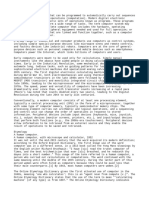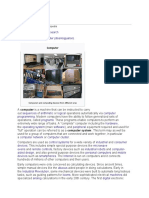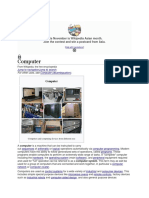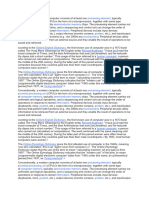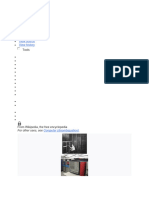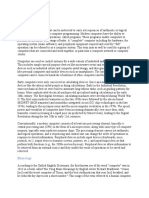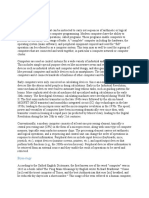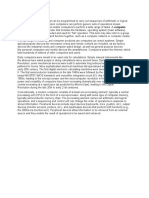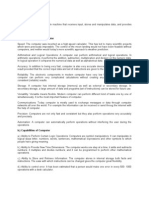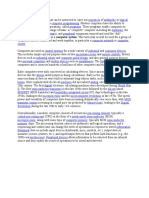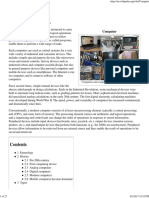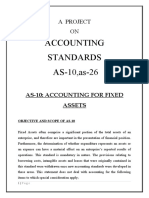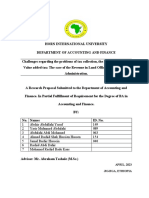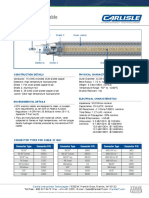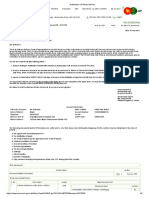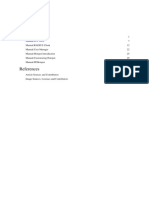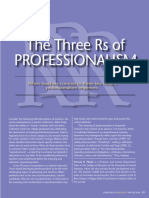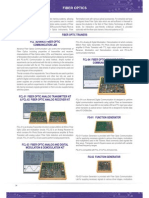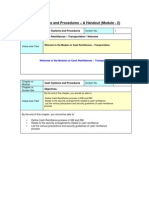0% found this document useful (0 votes)
8 views2 pagesComputer 2
A computer is a programmable machine that performs arithmetic and logical operations, with modern systems including hardware, software, and peripherals for full operation. The evolution of computers began with manual calculation tools and progressed through mechanical and electrical devices to the digital revolution, significantly enhancing speed and versatility. The term 'computer' originally referred to a human calculator before its modern definition emerged in the mid-20th century, reflecting advancements in technology.
Uploaded by
kuntal.sitsCopyright
© © All Rights Reserved
We take content rights seriously. If you suspect this is your content, claim it here.
Available Formats
Download as DOC, PDF, TXT or read online on Scribd
0% found this document useful (0 votes)
8 views2 pagesComputer 2
A computer is a programmable machine that performs arithmetic and logical operations, with modern systems including hardware, software, and peripherals for full operation. The evolution of computers began with manual calculation tools and progressed through mechanical and electrical devices to the digital revolution, significantly enhancing speed and versatility. The term 'computer' originally referred to a human calculator before its modern definition emerged in the mid-20th century, reflecting advancements in technology.
Uploaded by
kuntal.sitsCopyright
© © All Rights Reserved
We take content rights seriously. If you suspect this is your content, claim it here.
Available Formats
Download as DOC, PDF, TXT or read online on Scribd
/ 2





